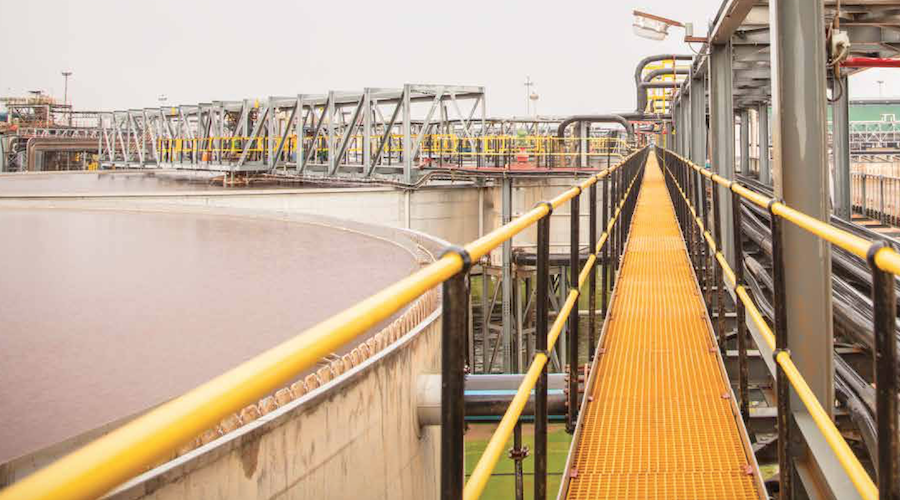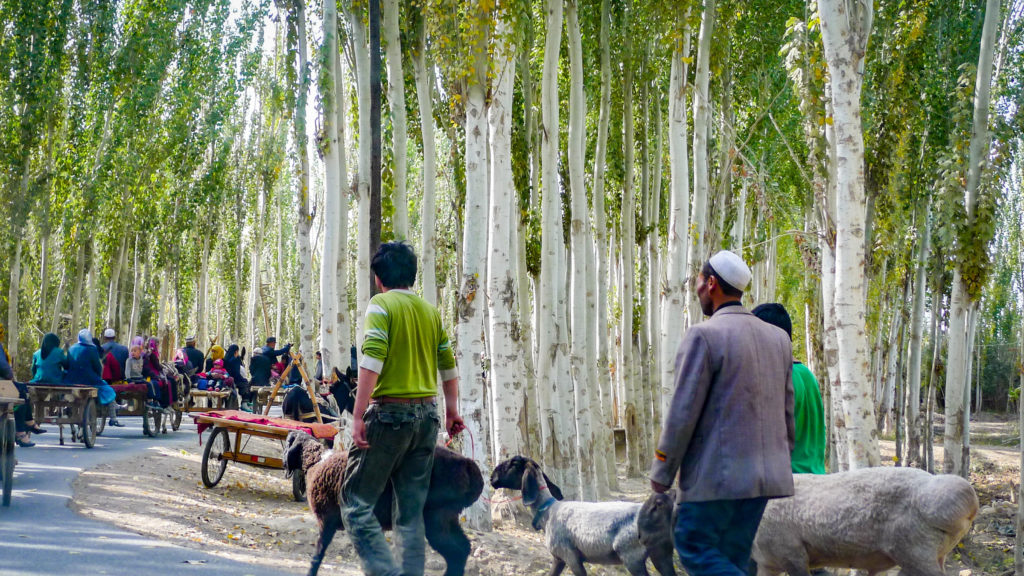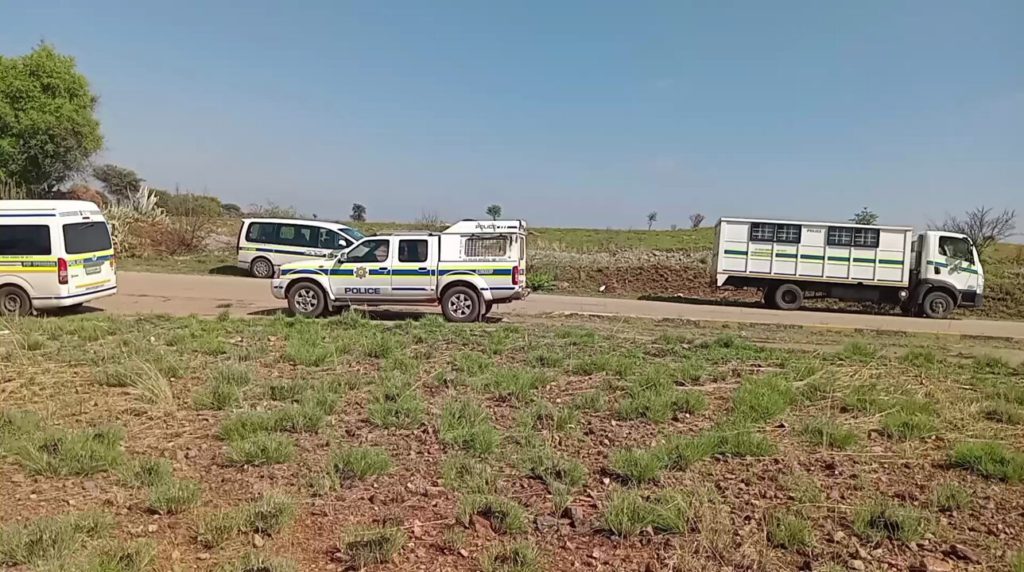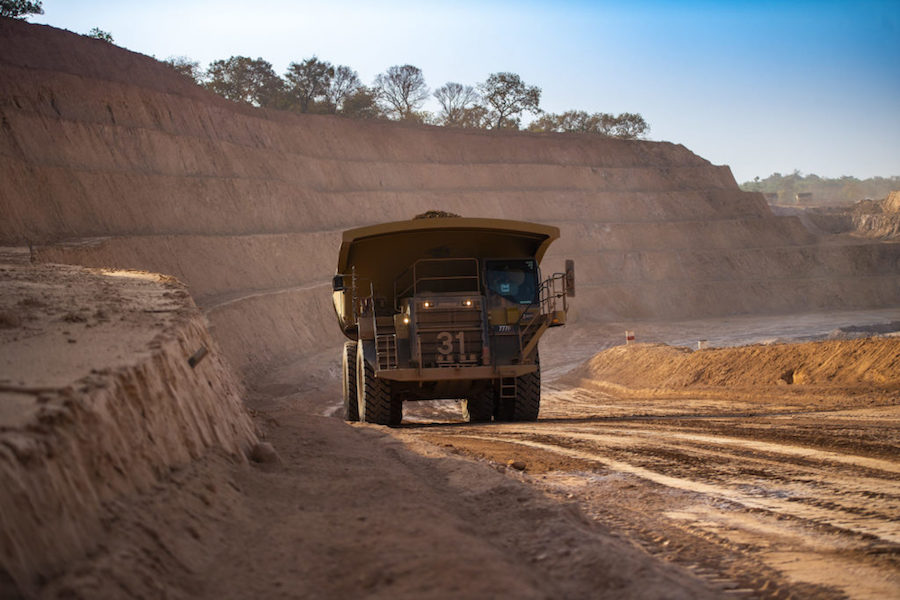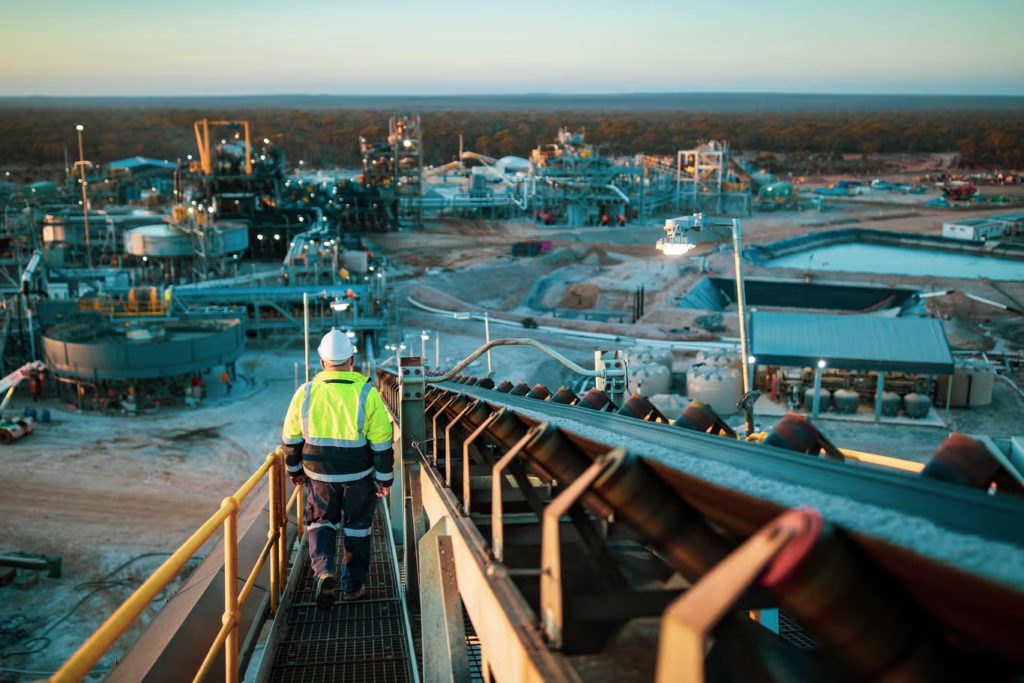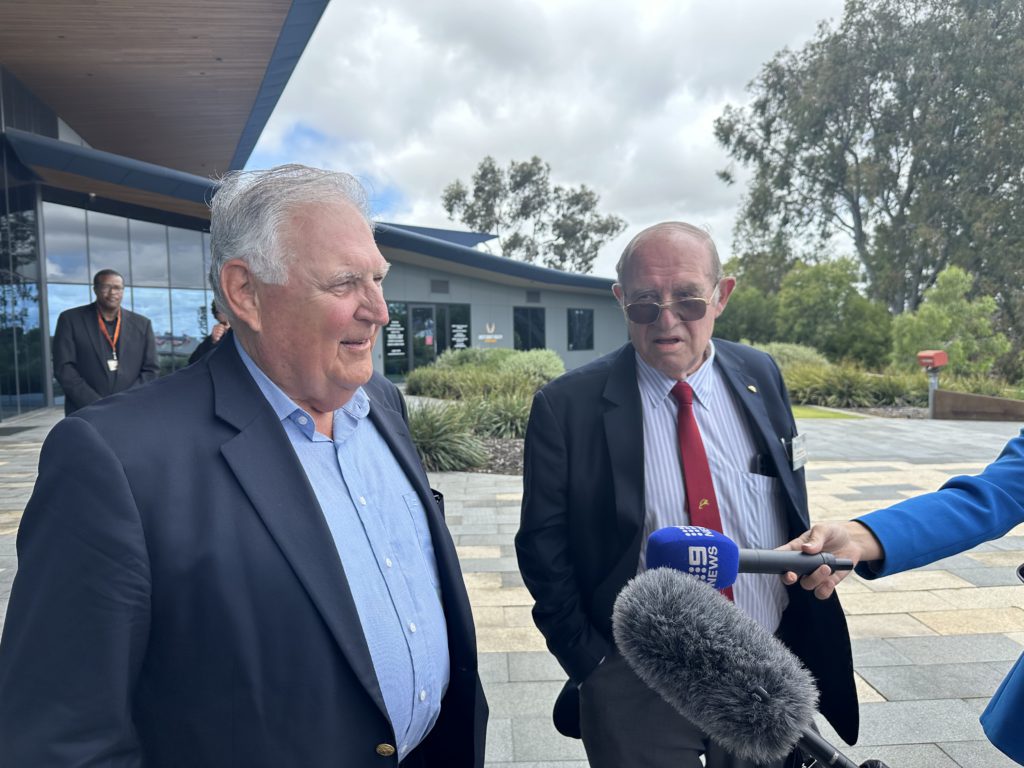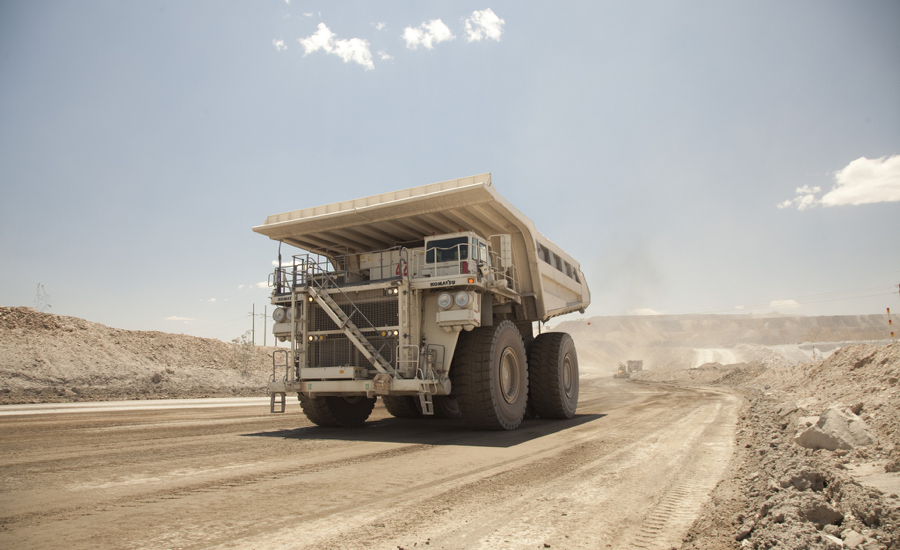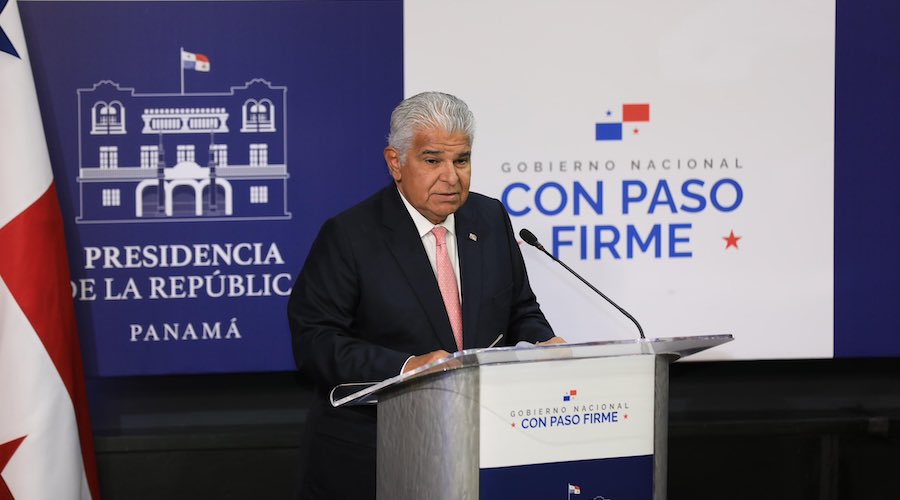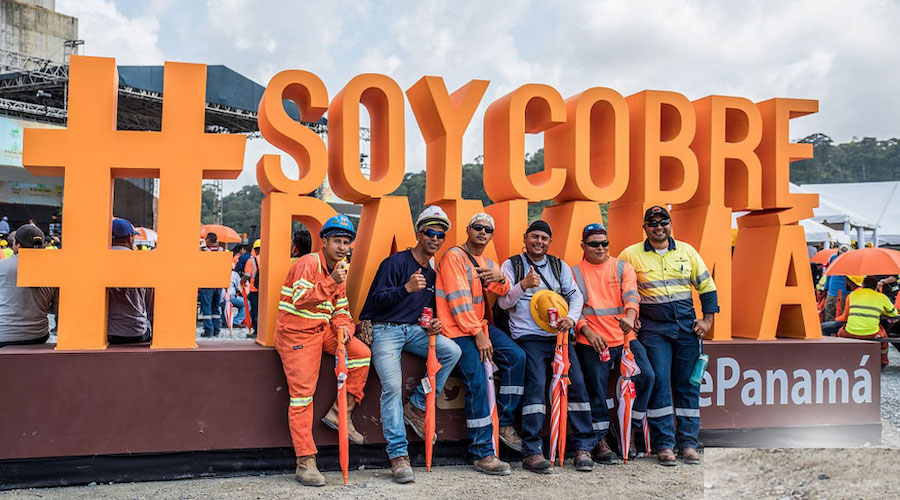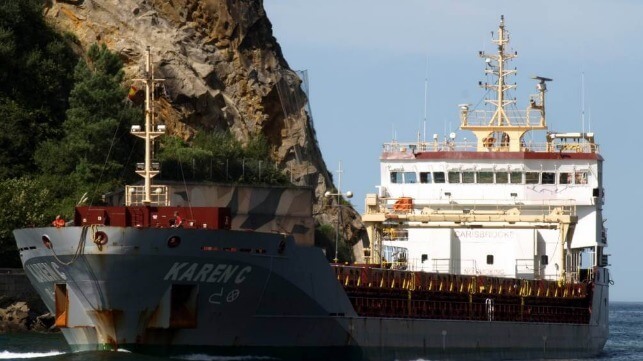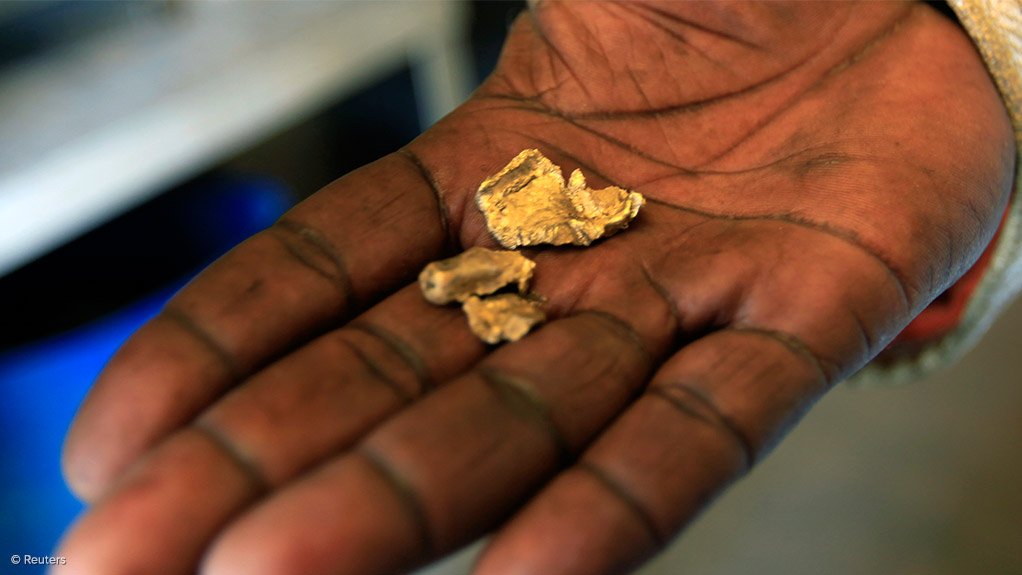
Photo by Reuters
18th November 2024
By: Darren Parker
Creamer Media Senior Contributing Editor Online
Russian State-funded private military company (PMC) Wagner Group is one of the greatest beneficiaries of illicit gold trading, a new report published by the World Gold Council (WGC) shows.
According to the report, penned by former UK Deputy Prime Minister Dominic Raab, estimates suggest the PMC earned more than $2.5-billion from illicit gold mining since the invasion of Ukraine alone, which has been funnelled back into the Russian war machine.
Although artisanal and small-scale gold mining (ASGM) provides income for millions of people in more than 80 countries, some estimates indicate that 80% of ASGM takes place in the shadow economy. The ASGM industry is responsible for an estimated 20% of global yearly gold supply and about 80% of overall gold mining employment.
The report, titled ‘Silence is Golden’, states that ASGM communities are preyed upon by criminal gangs, armed groups and corrupt officials and exploited by intermediaries who launder gold out of countries clandestinely.
“Increasingly, there is evidence of the growing contribution of illegal mining to international crime, corruption and conflict,” Extractive Industries Transparency Initiative board chair Helen Clark says in the report foreword.
However, there are plenty of international and domestic instruments intended to protect ASGM, including the UN Guiding Principles on Business and Human Rights 2011, the EU’s Conflict Minerals legislation and the US Dodd-Frank Act.
Nonetheless, the report states that there is a “striking lack of transparency” across businesses and governments in relation to the implementation of these legal standards, coupled with a dangerous inertia in enforcing the law against the most nefarious criminals involved.
As such, the violence artisanal gold miners suffer ranges from attacks by governments and mercenaries to exploitation from criminal gangs. The illicit profits they make and launder – sometimes through the main international gold hubs, including Hong Kong, India, Miami, Switzerland, Türkiye, and the United Arab Emirates – now present a real and present danger to international security.
Aside from the illicit gold trade funding Russia’s assault on the Ukraine, the trade also fuels civil wars, while funding terrorist groups and organised crime.
The extortion from ASGM communities has been an integral part of the expansion strategy of affiliates of the Islamic State and Al-Qaeda operating in the Sahel. Meanwhile, in Colombia, the Clan del Golfo and former paramilitary groups, the National Liberation Army (ELN) and dissident Revolutionary Armed Forces of Columbia (FARC), finance their activities from illegal mining.
The plunder of ASGM communities also robs the countries affected of a significant amount of income and revenue. In one year, this cost Sudan almost $2-billion.
The report states that there is no panacea to remove these threats. Rather, governments, international organisations and the gold sector must coordinate sustained action to prosecute the criminal perpetrators, prevent illicit profiteering, integrate responsible ASGM into legal and viable supply chains, cut off the profits of criminal actors, and nurture the livelihoods of responsible ASGM communities.
The report outlines several strategic objectives with 24 practical actions for governments, international organisations, non-governmental organisations, mining companies and economic development organisations to combat the illicit gold trade.
The report calls for the International Criminal Court to consider, as part of its investigation in Ukraine, the potential criminal responsibility of those who facilitate illegal refining, laundering and transfer of the profits of the Wagner Group back into the Russian war machine.
Further, the report suggests that governments should implement all of the UN Office on Drugs and Crime’s recommendations to make greater use of UN Conventions to promote better judicial cooperation and more prosecutions.
Donor countries should also provide greater support for regional judicial cooperation with international destinations for gold from ASGM communities under UN Conventions to prosecute illegal gold traffickers on a greater scale.
The report further calls for Interpol to be mandated to deliver a step-change in the use of its data, border controls and operational support to national authorities, including the Red Notice system, to prevent those engaged in the illicit gold trade from slipping through borders.
Another step towards tackling the illicit gold trade would be for members of the World Customs Organisation to expand the international anti-money laundering and terrorist financing initiative Project Tentacle with a properly funded five-year mandate to seize assets from the illicit trade in gold.
The report also calls for governments to enact sanctions under the Magnitsky Law model of visa bans and asset freezes against government leaders and officials who partner or collude with the Wagner Group or any equivalent organisation.
Governments should implement sanctions against high-level individuals and companies involved in the smuggling and laundering of gold.
The report further suggests that governments should review implementation of the Organisation for Economic Cooperation and Development’s (OECD’s) ‘Due Diligence Guidance for Responsible Supply Chains’ in the gold sector, with a renewed focus on refineries and trading hubs.
The Financial Action Task Force should be mandated to renew its 2015 thematic report into the gold sector, make further recommendations and develop a specific framework with key performance indicators that need to be satisfied for any international hub in the gold trade to avoid the ‘black list’ and ‘grey list’.
The report also suggests that governments should require international hubs and major refineries to collate country-level data to build up a clearer picture of ASGM imports and exports, and its corresponding financial flows.
Meanwhile, donor countries should focus aid and development policy to prevent governments from contracting private military groups to maintain security in return for access to natural resources.
With the support of donor countries, the report states that governments of ASGM communities should adopt national legal frameworks that ASGM communities can realistically engage with, and uphold the rule of law applicable to them proportionately.
With the support of donor countries, governments where ASGM exists could provide wider support for the integration of ASGM communities, including with respect to land rights, licensing fees, taxation and geological exploration.
Donor countries’ support for regional cooperation, through organisations such as the Economic Community of West African States, should focus on prevention, including developing an early warning system for vulnerable ASGM communities, to safely alert authorities to early security threats.
Further, the report says Group of Seven (G7) and Group of 20 (G20) governments, alongside the World Bank, should support the expansion of central bank gold-buying schemes to integrate ASGM communities into national legal frameworks, and sign up to the WGC’s London Principles.
Large-scale gold mining companies should adopt and publish a policy for implementing and supporting sustainable supply chains with responsible ASGM communities, in accordance with the WGC’s Responsible Mining Principles.
Further, the report suggests that, where the legal framework and local conditions allow, large-scale gold mining companies should seek to support local ASGM integration. Options might include identifying land for ASGM activities; exploring the potential for tributer, subcontractor and buyback arrangements; and technical support.
Also, governments with significant gold refining and smelting sectors should encourage sourcing from such ASGM communities and incentivise them with targeted tax breaks.
The report says that, where the legal framework and local conditions allow, refiner and smelter businesses should seek to proactively source gold from responsible ASGM communities, and large-scale mining companies should prioritise refiners and smelters which do.
Raab suggests that the London Bullion Market Association implement an ASGM Good Delivery List within two years and publish a plan with milestones and key performance indicators.
This plan should focus on intermediate refiners and aggregators who work with responsible ASGM actors, central banks, large-scale miners who support local ASGM due diligence efforts and mercury-free processing plants that adhere to international standards.
Meanwhile, governments in the major gold-consuming countries should promote awareness among consumers about the source of gold bought in their shops.
Further, G7 and G20 governments should formally recognise that the illicit financial flows from illegal gold mining represent a “systemic threat” to international security.
The G7 and G20 governments should keep the exploitation of ASGM and the related security threats as a standing item on their yearly agenda to focus on the implementation gap.
Raab also suggests that the members of the OECD should expand the organisation’s mandate to make it the central forum on ASGM, with a standalone yearly meeting to coordinate efforts to bridge the implementation gap.
Finally, the WGC should continue to act as a champion and industry leader for innovative collaborations, and a critical adviser to help drive change and expand good practice.
“Without viable economic alternatives, the poorest and most marginalised of our world’s citizens are forced into artisanal gold mining, taking place within hazardous conditions and of little economic gain for their families.
“Our partnership with . . . Raab is a call to action to both redirect illicit gold away from the world’s bad actors and improve the lives of those working in the sector, offering actionable ways that governments and international agencies can contribute to positive change, both environmental and economic for the millions impacted globally,” WGC CEO David Tait says.
Edited by Chanel de Bruyn


